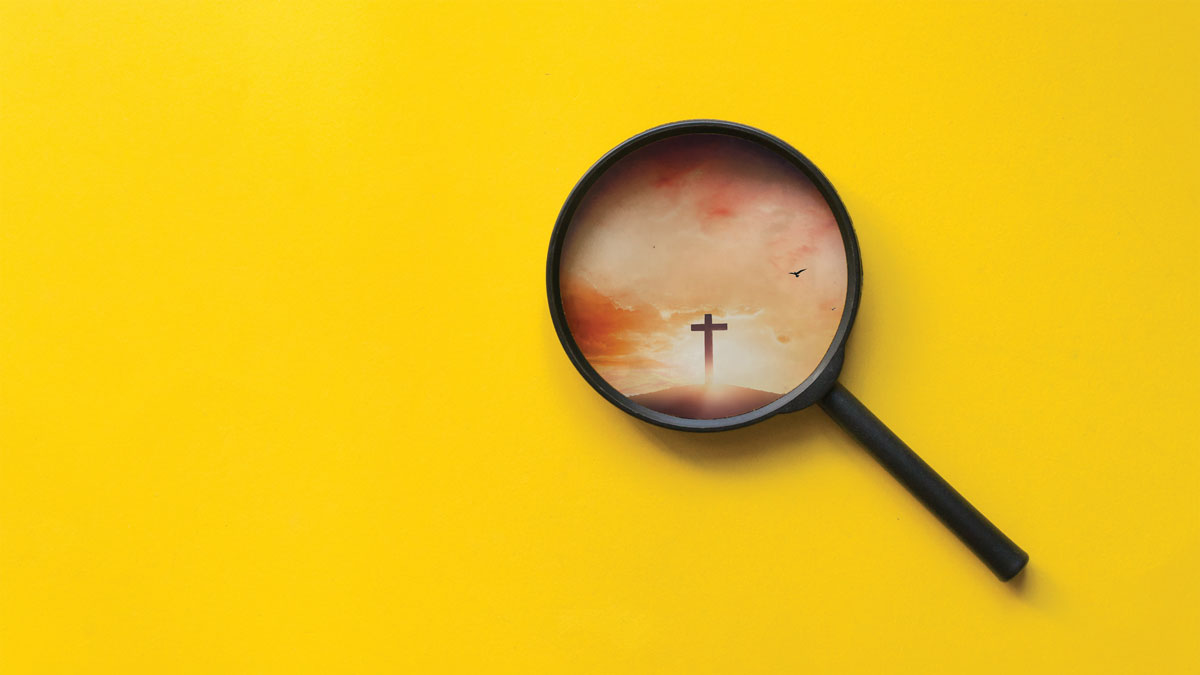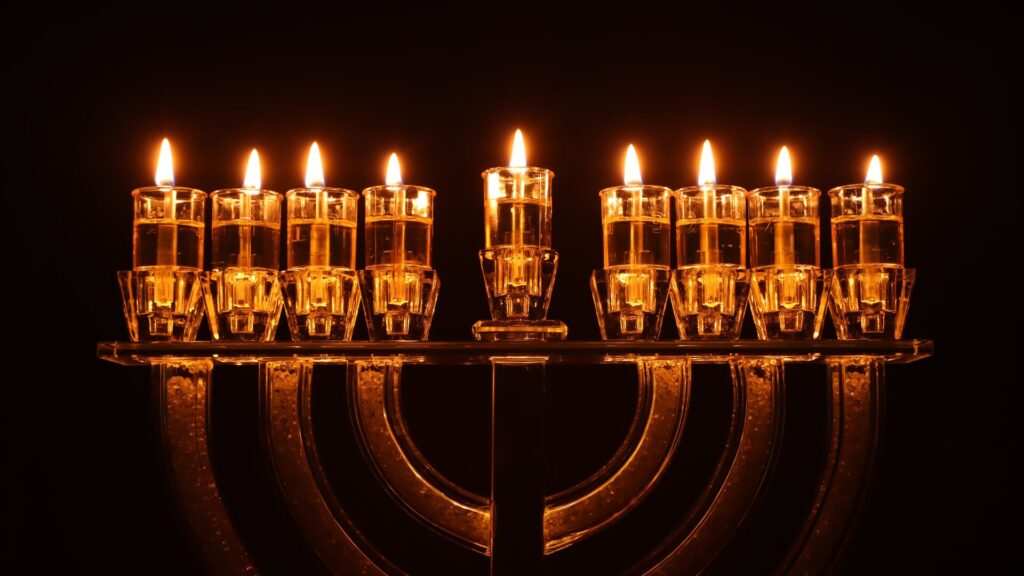Every tour of the Holy Land includes a visit to the Garden of Gethsemane. Ours was no exception. We were driven outside the gates of the Old City, with its tangle of narrow streets, noisy shopkeepers and crowded shrines, to a hillside covered with whitened tombstones, many of them hundreds of years old. There, half-way up the hill, hidden in the shadow of an old church building, was a small grove of drab olive trees, identified by tradition as the place where Jesus of Nazareth was betrayed.
As our bus pulled up, it became obvious the crowds were more interested in the church than the olive grove. As a spectacle, there was no contest. Inside the church, the air was heavy with a smell of incense, aglow with the colours of the stained glass windows and bathed in an atmosphere of holy awe. Outside, nothing but a clump of tired olive trees whose only attraction was their obvious antiquity.
It was difficult, standing there in the warm afternoon sun, to take in exactly what I was seeing. It was hard to imagine that on this spot, nearly two millennia ago, “the fate of humanity trembled in the balance”. No blood stains in the sand. No holy crucifix to mark the spot. Just the stillness of the afternoon air, and the occasional clicking of a camera-happy tourist.
And yet, so it was. The Person who, in that garden, wrestled alone with the powers of darkness, was more than a private figure. He was us.
The story of Gethsemane (Matthew 26:36-46) is known by everybody, yet hardly known at all. It is full of contradictions. It tells of a revered spiritual Teacher who, when faced with death, is overwhelmed by fear.
Jesus goes to Gethsemane to pray; to gather strength for the storm He knows lies just ahead. As He wrestles alone beneath the olives, the spectre of what He is facing envelopes Him like a black cloud, and He draws back in horror. “Let this cup pass from me,” he cries in the dark.
His fear of death shocks us. The Greek philosopher Socrates, sentenced to death for corrupting the morals of the young, is given a poisoned chalice of hemlock. He drinks it as if it were a cup of wine. In the centuries that have followed, many another martyr has faced the executioner’s sword with similar equanimity. Yet Jesus, the Exemplar of Christian courage, shrinks back in fear!
The answer lies in the kind of death He faced. The death He faced in Gethsemane was not His own death, a peaceful sleep before a blissful reward for a life well-lived. No. The death He faced was ours.
Our death is the result of our rebellion. We have chosen to cut loose from the Lifegiver, to live by our rules instead of His. And the inevitable consequence of that choice is permanent separation from the Source of Life.
It was the spectre of that death, that eternal separation, that so horrified Jesus. As one writer put it, “The gulf was so broad, so black, so deep that his spirit shuddered before it.” (White, Desire of Ages, p686). Little wonder, then, that He cries in the dark, “Oh My Father, if it be possible, let this cup pass from me.” But it was not possible. This cup, the cup of consequences, cannot pass. Either we must face it . . . or He, on our behalf.
It was then “the fate of humanity trembled in the balance” (DA, p690). “Terrible was the temptation to let the human race bear the consequences of its own guilt” (DA, p688). But Love dictates His response. “He sees the helplessness of man . . . The woes and lamentations of a doomed world rise before Him. He beholds its impending fate, and His decision is made. He will save man at any cost to Himself” (DA, p690). He determines that He will suffer as we deserve to suffer, so that we can be treated as He deserves to be treated.
The drab olive trees knew nothing of these things that warm winter’s afternoon; nor, it seemed, did the camera-clicking tourists. But it is verified in the hearts of those who believe it. His death is our hope. Because of His death, “the God of hope fills you with joy . . . and peace, so that your believing lives . . . brim over with hope” (Romans 15:13, MSG).
The story of Gethsemane invites us to think beyond the empty imagery of the Easter Bunny to those eternal realities played out in the garden. It is a fresh invitation to embrace the peace, joy and hope that come through believing in Jesus.
Roger Vince is pastor of Norfolk Island church, Greater Sydney Conference.






